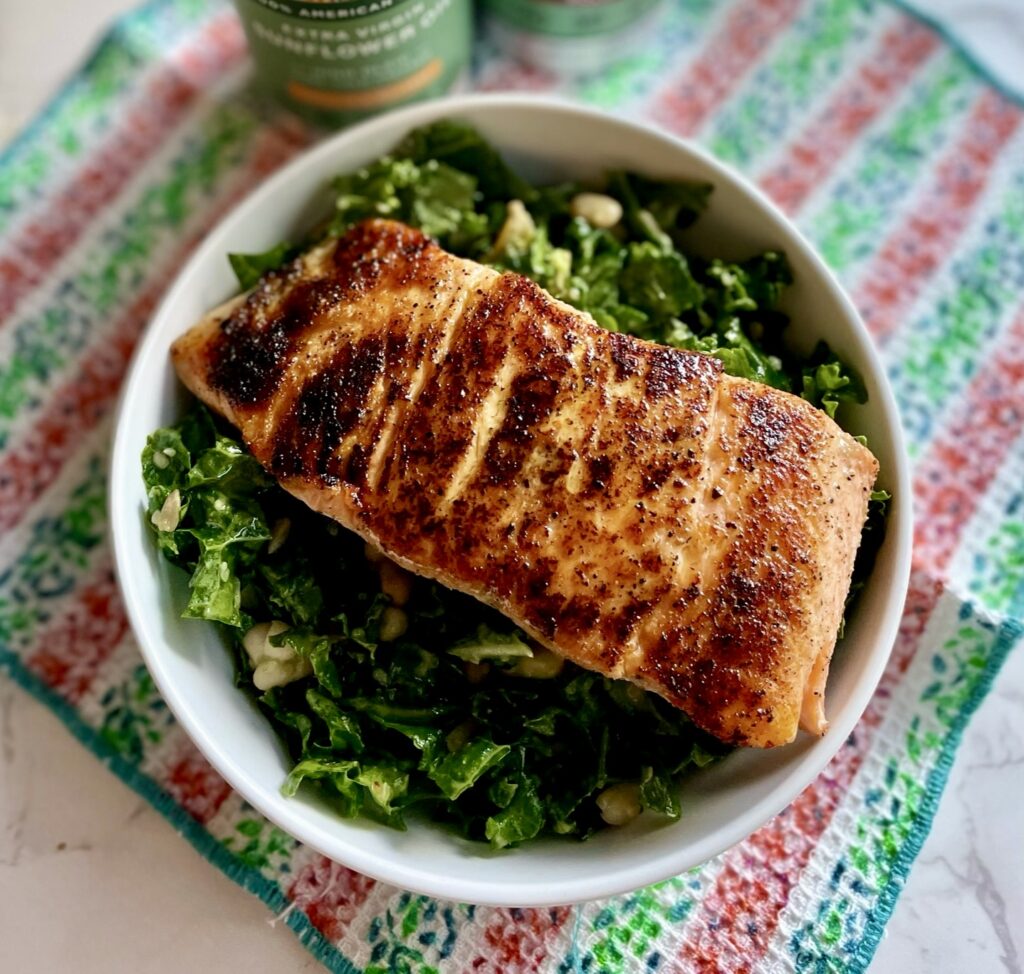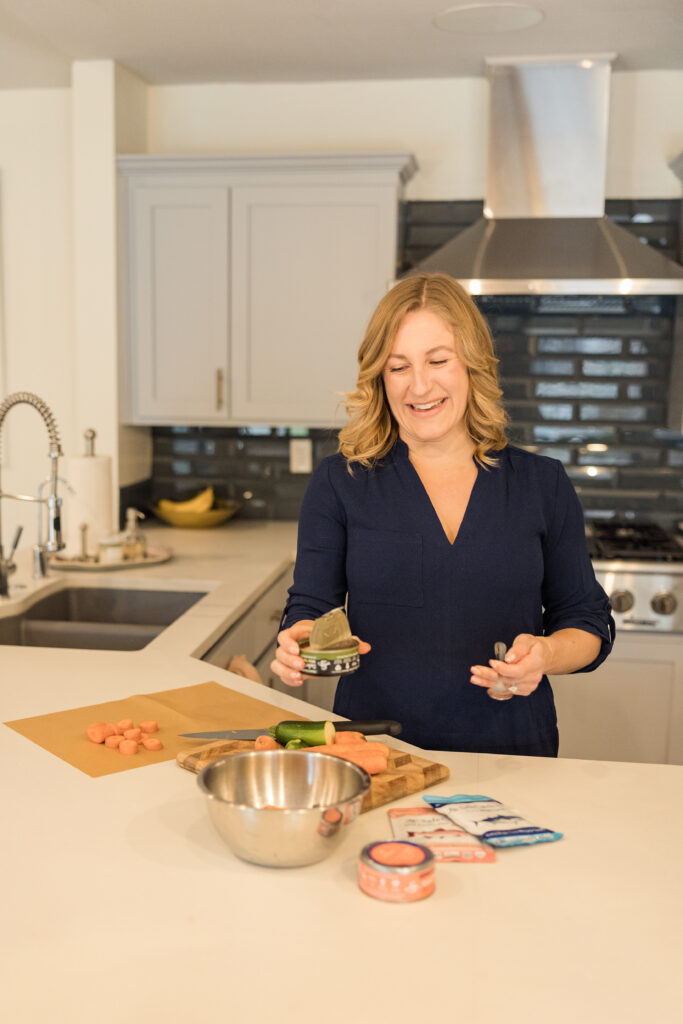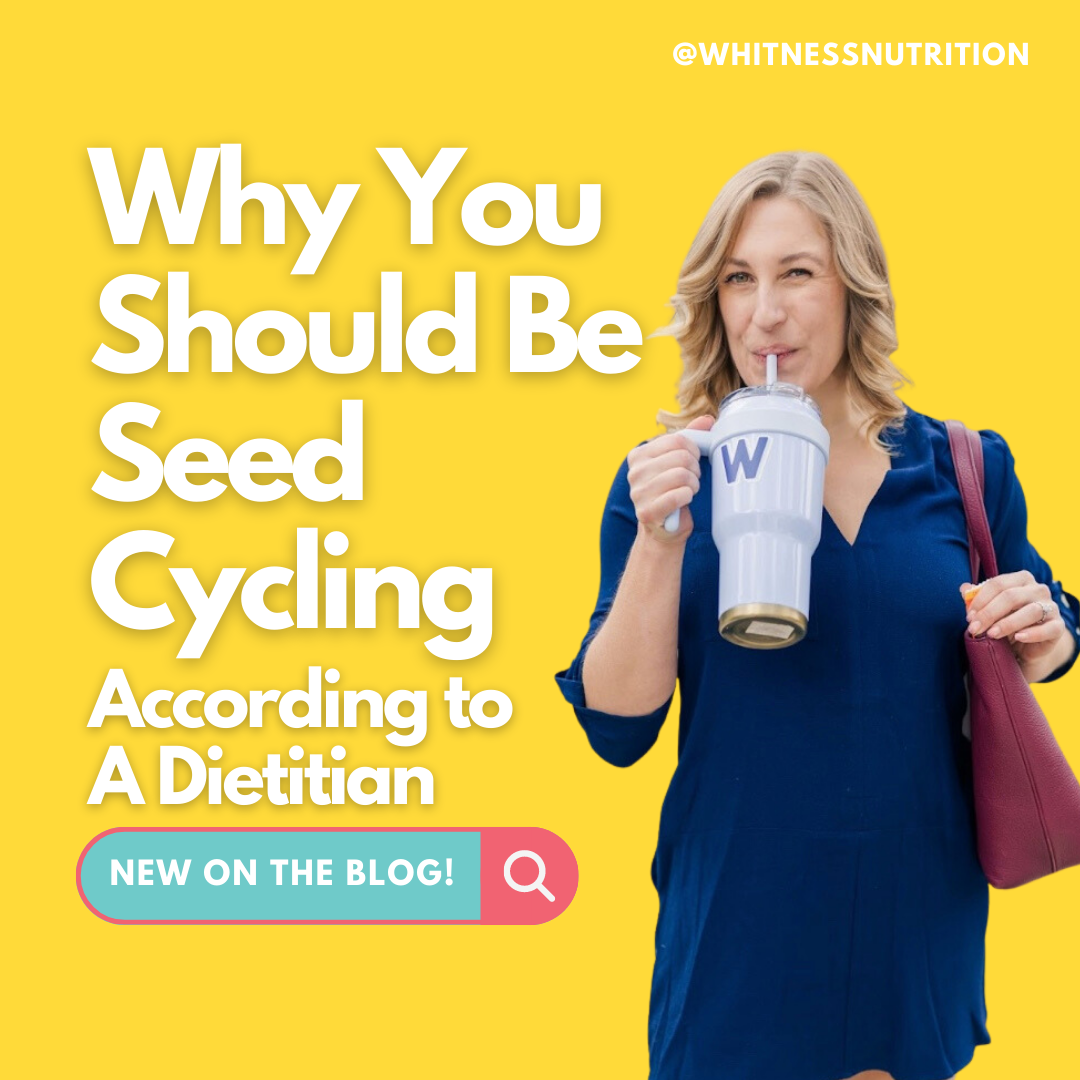I never really appreciated the profound effect of improving insulin resistance until I started working at an Endocrinology clinic. Naively, I came to learn that insulin resistance can reap a whole host of symptoms and disease states that aren’t just diabetes. And, that our nation as a whole, doesn’t provide clear and concrete recommendations on how to improve insulin resistance out of well, adding more insulin. Here, I have broken down all the details of insulin resistance and what you can do to reduce it, reverse it, and live your best life!
What is insulin resistance
Insulin resistance is a condition that makes the body less sensitive and responsive to insulin. Due to the resistance, the pancreas is forced to make more insulin that what was originally required. I.E. Instead of having bodily tissues that are really sensitive to insulin output, they simply become immune, resistant, and less interested in the effects of insulin.
What does insulin do?
Insulin is a hormone that rises in response to elevated blood sugar. Insulin rapidly lowers blood sugar by communicating to the cells or “unlocking the door” into hungry muscle cells that can absorb the sugar and benefit from it’s energy source. When you have insulin resistance, your muscle cells refuse to intake as much glucose and it remains in your blood. Sugar does not belong in the blood for long periods of time. This leads to chronically high blood sugar and eventually, the development of type 2 diabetes.
What is the prevalence of insulin resistance?
Worldwide, the prevalence of insulin resistance is anywhere from 15-46% among the adult population. New research shows that there is 40% of more young adults without diabetes diagnosis who also have insulin resistance. Both insulin resistance and hyperinsulinemia are steadily becoming the most common metabolic problems around the world.
What are the symptoms of insulin resistance?
High insulin levels can lead to excessive hunger. Weight gain and difficulty losing weight: Insulin helps your body store glucose in the liver and muscles to fuel your body. Extra glucose is stored as fat, which may lead to weight gain and trouble losing weight.
Is insulin resistance diabetes?
Insulin resistance shows up as a precursor, a warning sign of the eventual development of Type 2 diabetes if you decide to do nothing.
Type 2 diabetes is a disease in which blood glucose levels are chronically, too high, from the persistent building insulin resistance.. As the pancreas tries to continually drop blood sugar levels, it produces more insulin, and is unable to sustain the elevated production needs. This, eventually, leads to the burnout of the insulin-producing cells; beta cells. But early action and lifestyle intervention can save you from a diabetes diagnosis.
Does insulin resistance cause PCOS?
PCOS is a common reason women struggle with fertility because of the overabundance of male hormones, which can lead to abnormal menstrual cycles and ultimately infertility. PCOS is often described as a “disease of too much insulin” because the hormone insulin actually inhibits testosterone from converting to estrogen. Here, the ovaries remain insulin sensitive. While, normally, insulin dampens the ovaries’ ability to convert testosterone into estrogens. In PCOS, when there is too much insulin, the sex hormone conversion is blocked, resulting in ovaries that are releasing too much testosterone and too little estrogens . This causes the fundamental symptom of PCOS: irregular cycles, painful periods and leads to the main reason why 6-12 % of women struggle with infertility in America.
With normal insulin levels, testosterone converts as expected. Managing insulin levels may be a safer and more effective way to treat PCOS–and decrease infertility—than by medicating with additional hormones. And, there is a strong ability for dietary changes to improve underlying insulin resistance, which can in turn improve PCOS and improve fertility outcomes!
All by using a low glycemic eating pattern, like our blood sugar bliss method.
What do I eat if I have insulin resistance

Eating for insulin resistance is simple if you have a baseline understanding of the condition and how insulin functions. If insulin is triggered by high blood sugar, then we must keep blood sugar from being largely affected. How do we do that? By eating a diet that doesn’t spike blood sugar! This is the Blood Sugar Bliss method. Or, low glycemic eating, or low insulin eating. There’s many ways to describe this style of eating, but the formula is very simple.
What foods do I avoid if I have diabetes?
Note: The standard American diet (SAD) is the worst for insulin resistance. Our starchy, convenient and carbohydrate laden diet is made of a majority of foods that quickly spike blood sugar. Or, what we call, low glycemic foods. These foods naturally cause insulin spikes and are fondly referred to as lonely carbs in the Whitness Nutrition world. Plus, carbohydrates lack any real staying power and lead to a cycle of eating every 2-3 hours.
 What diet is best for insulin resistance?
What diet is best for insulin resistance?
Eat foods that don’t spike your blood sugar. Sounds simple, right? Focus on veggies first, protein next, and fat to follow. Then, perhaps, add a side of carbohydrates. When you can, choose whole versions with their fiber attached (apples versus applesauce, potatoes versus potato chips. Berries versus juice).
Three strong rules of thumb for low glycemic eating:
- Avoid lonely carbs.
- Use the VPFC format.
- Make 75% of your plate from foods that naturally don’t require insulin to absorb and be utilized for fuel.
What does the research say about eating for insulin resistance reduction?
- Eat high protein. It’s even more effective than the mediterranean diet for women with insulin resistance.
- Drink your coffee, unsweetened. Coffee consumption reduced insulin resistance, but the results were driven by a single study.
- But, a Mediterranean diet is still highly effective at reducing both insulin resistance and NAFLD.
- Reduce alcohol consumption to less than 4 drinks per week.
Does weight loss improve insulin resistance?
Fat loss, specifically, reduces the insulin resistance. Since active muscle acts as a natural insulin, efficiently utilizing glucose as it enters the body, placing a focus on muscle gain can be a game changer for those with insulin resistance. Muscle makes the body’s cells more insulin sensitive which decreases insulin resistance.
Hot Tip: In the moment, a high blood sugar value (or hyperglycemia) can be rapidly reduced just by doing a walk around the block. Your body is a powerful tool, if you let it be!
What type of fitness should I do?
The best exercise for insulin resistance, based on the latest research, is either high intensity sprint interval training (three 20-minute sessions per week) or moderate-intensity aerobic exercise (five 30-minute sessions per week). Both were shown to be equally effective for improving insulin resistance! Remember, any movement is better than no movement. Start small and walk after meals to rapidly reduce blood sugar spikes, naturally.
What supplements could I take for insulin resistance
Start with lifestyle, always. No supplement will ever replace the sustainable habits you create! Overall, research shows that the three supplements berberine, chromium and myo-inositol have the most efficacy in improving insulin resistance. No, not your GOLI gummi apple cider vinegar vitamins. Although vinegar itself can reduce the rise of a mealtime blood sugar by 20%.

It’s not just about diet! Lifestyle changes to consider
Sleep
The research on sleep and insulin resistance is very compelling. You need sleep to thrive! Short sleep duration or later sleep timing is a risk factor for insulin resistance even in late adolescence. Individuals with inadequate sleep and those who sleep in have a 2.5 times higher odds of developing insulin resistance over a 2-year period! This difference was shown even for those who get 1 hour less than optimal sleep. Small changes have a big impact!
Fasting
We compared the effect of early versus later time-restricted eating on insulin resistance. Eating an early dinner (with a longer fast to your morning breakfast) was associated with significant improvement in insulin resistance. Avoid eating late, right before bed, which ruins your quality of sleep. And, do not fast until noon. You need quality morning energy to thrive!
What else do you want to know about insulin resistance? Book a call to begin with our nutrition and diabetes expert, today. And, ask about our passive virtual and group programs to support your journey



